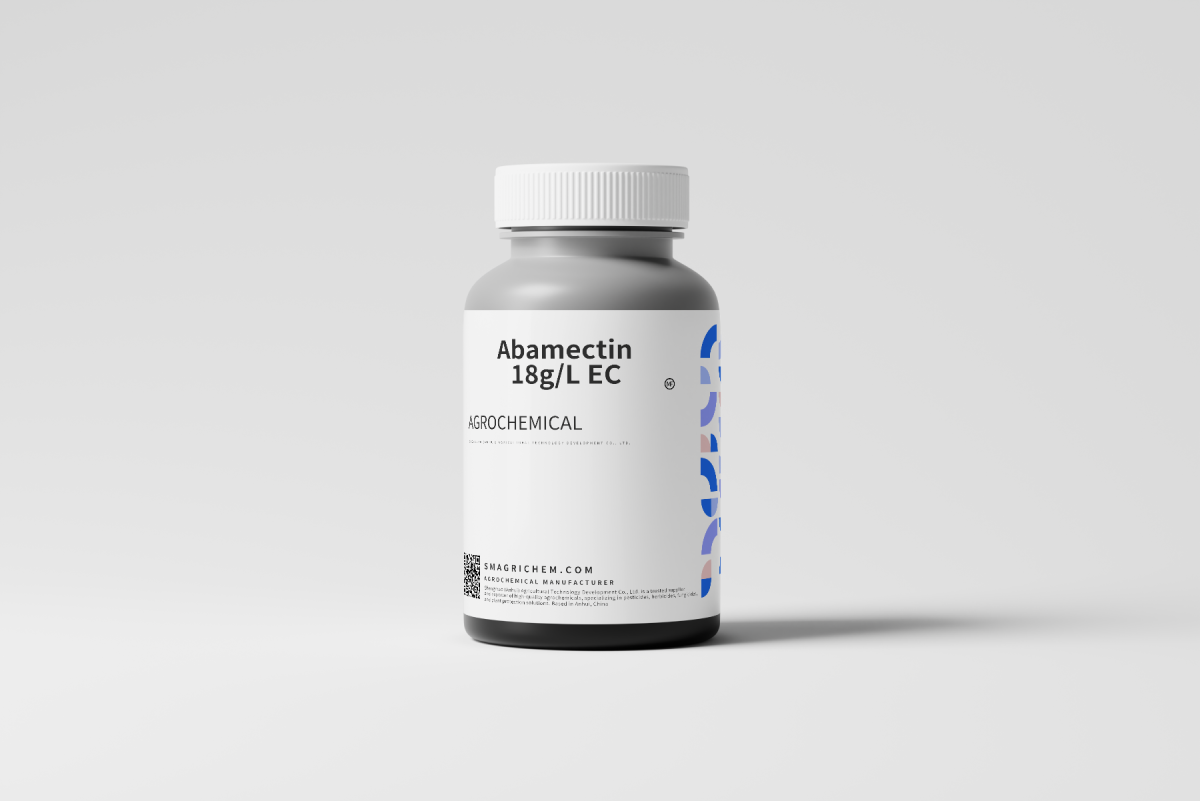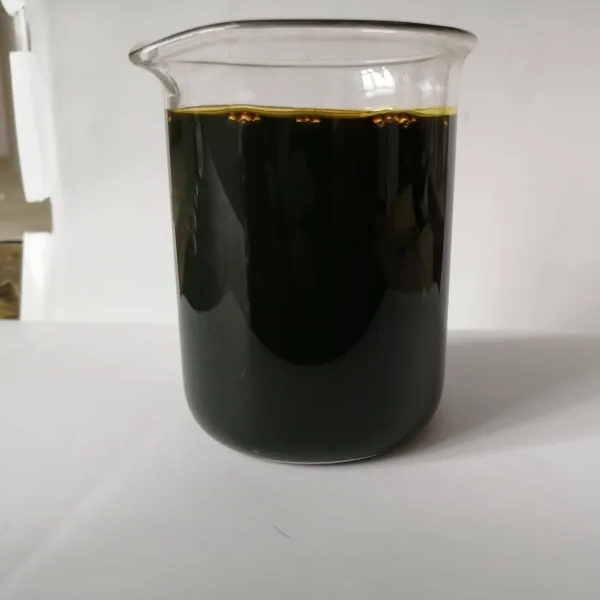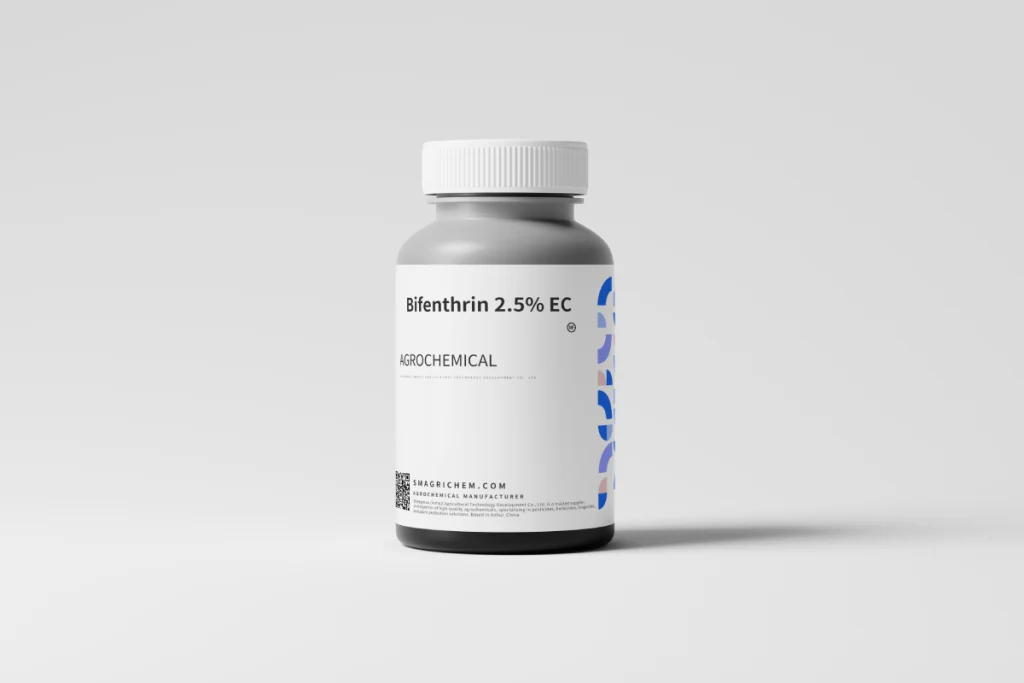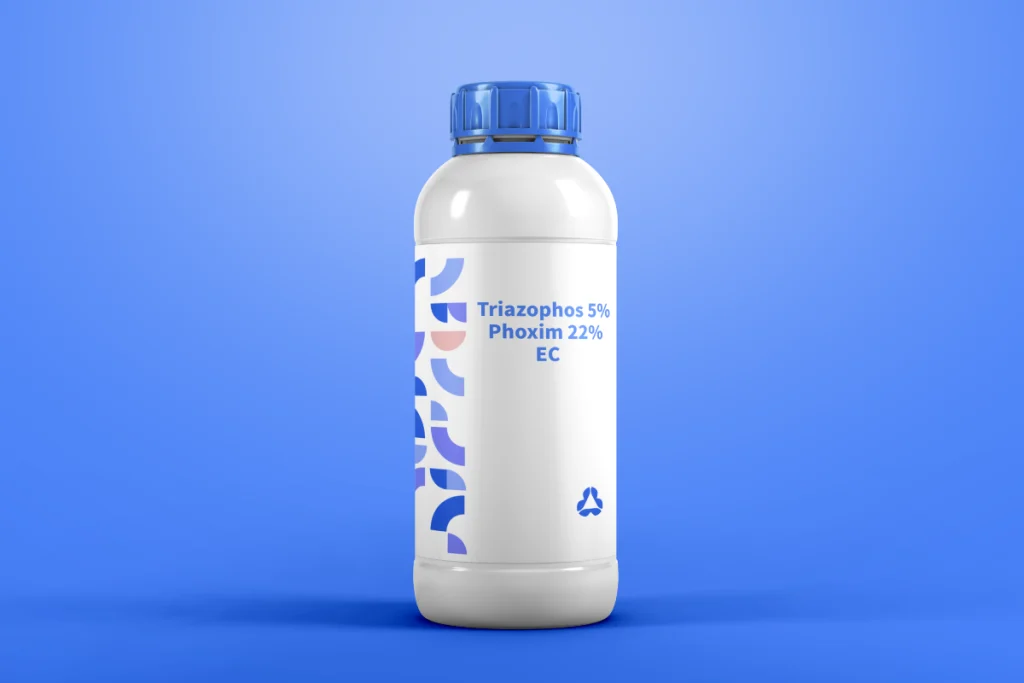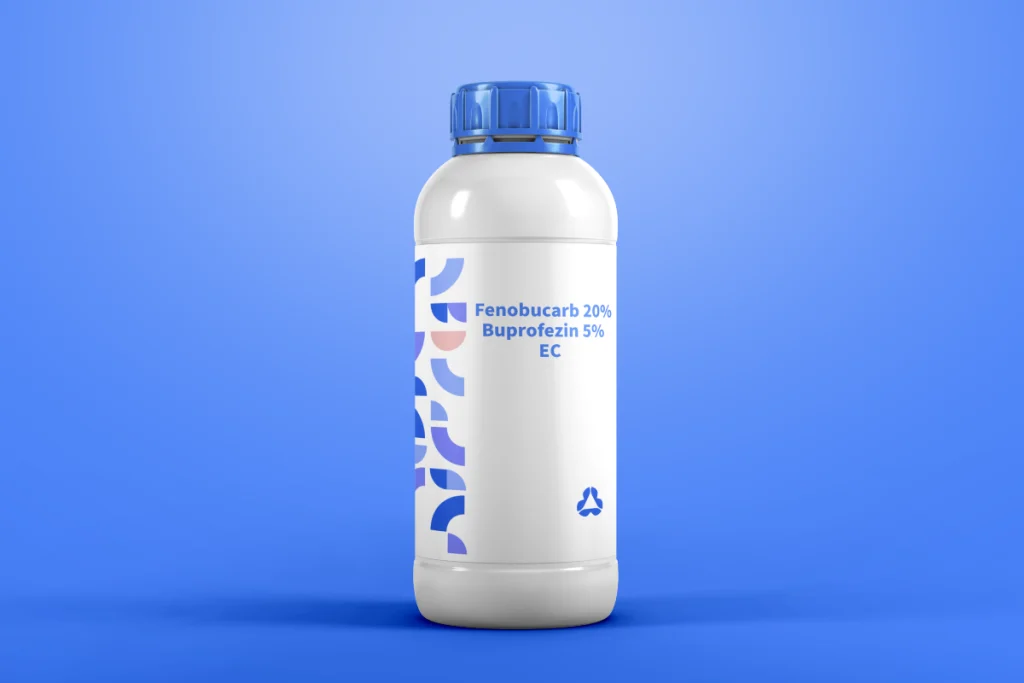Active Ingredient: Abamectin (derived from Streptomyces avermitilis fermentation)
CAS Number: 71751-41-2
Molecular Formula: C₄₈H₇₂O₁₄
Classification: Broad-spectrum insecticide, miticide, and nematicide
Primary Use: Controls mites, aphids, thrips, whiteflies, ants, and nematodes in agriculture, horticulture, and veterinary applications.

